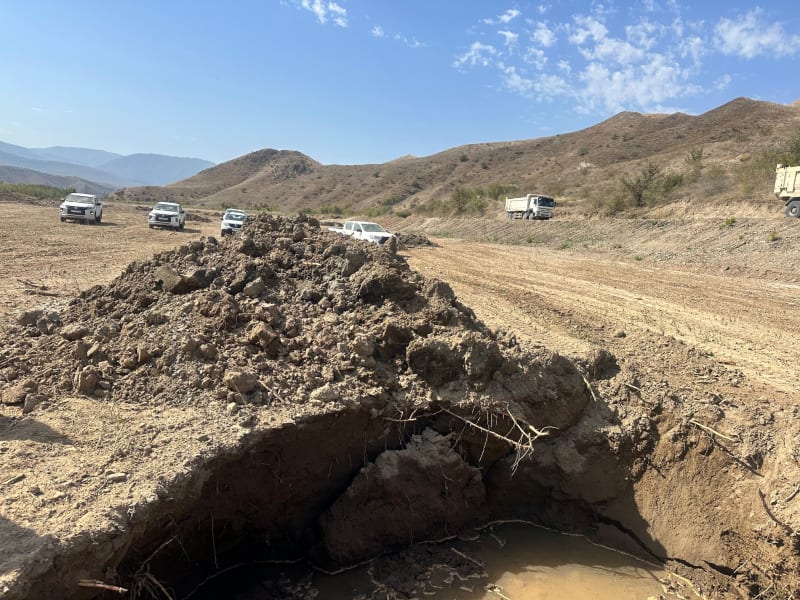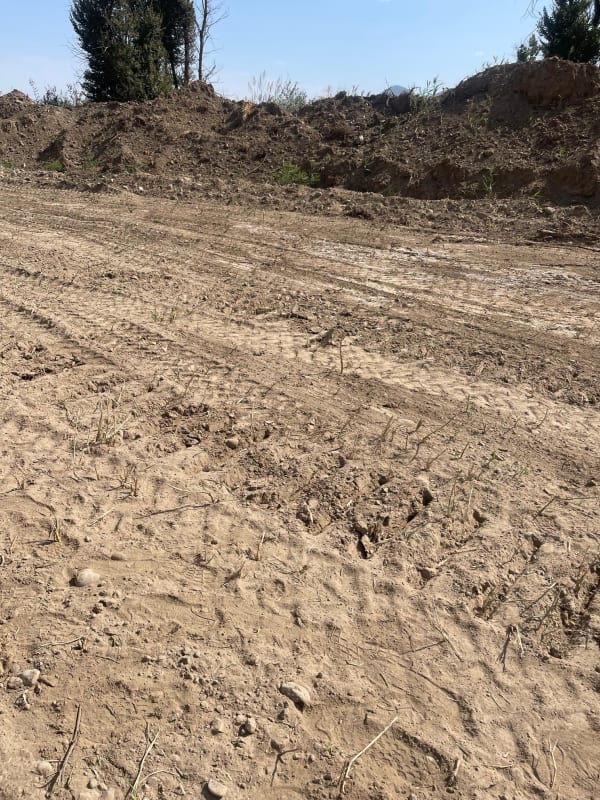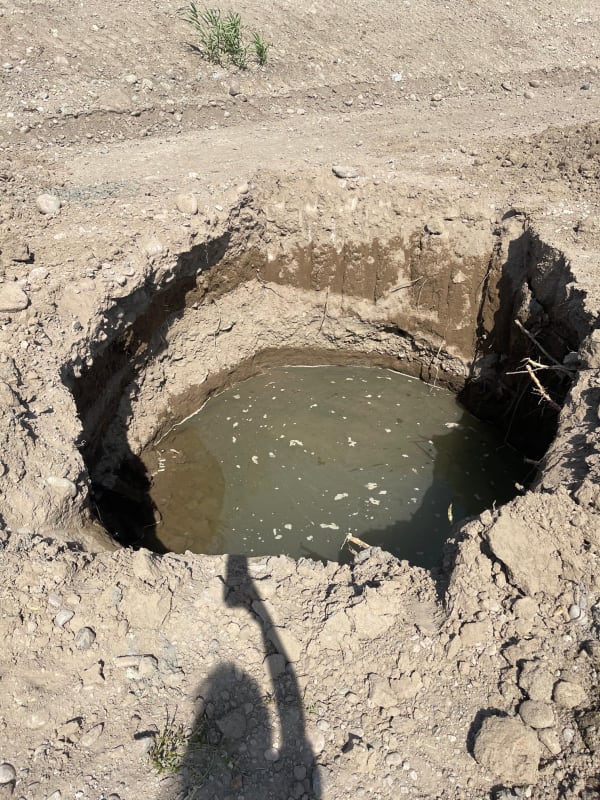Hello,
we are about to construct an embankment of about 14 meters high on approximately 2.0-2.5 meter clay layer, underneath the clay is a layer of gravel and a water level. The clay is contaminated with roots and the area is a part of a riverbed with very intense vegetation. Usually, we remove the soil which contains organic material but here considering height of the embankment our engineering company suggested that we don't remove it but just cover the supporting soil with 0.5 m - 1 m of rock to prevent vegetation from entering the embankment. We can wait approximately 6 months till we install the track, so their proposal is just to wait till the supporting soil under 14 m embankment settles and then proceed with the construction of the railway track.
Calculation shows that the total settlement is about 16 cm and in 6 months the embankment will settle 12 cm, so what they suggest seems to be acceptable, this proposal is also very appealing economically considering the cost of replacement of 1-1.5 meters of weak soil with rock on about 1 km distance. However, the presence of roots makes me very nervous, first, the calculation is based on clay and not organically contaminated soil, second the vegetation there is very aggressive.
Your advice on the situation is highly appreciated.



we are about to construct an embankment of about 14 meters high on approximately 2.0-2.5 meter clay layer, underneath the clay is a layer of gravel and a water level. The clay is contaminated with roots and the area is a part of a riverbed with very intense vegetation. Usually, we remove the soil which contains organic material but here considering height of the embankment our engineering company suggested that we don't remove it but just cover the supporting soil with 0.5 m - 1 m of rock to prevent vegetation from entering the embankment. We can wait approximately 6 months till we install the track, so their proposal is just to wait till the supporting soil under 14 m embankment settles and then proceed with the construction of the railway track.
Calculation shows that the total settlement is about 16 cm and in 6 months the embankment will settle 12 cm, so what they suggest seems to be acceptable, this proposal is also very appealing economically considering the cost of replacement of 1-1.5 meters of weak soil with rock on about 1 km distance. However, the presence of roots makes me very nervous, first, the calculation is based on clay and not organically contaminated soil, second the vegetation there is very aggressive.
Your advice on the situation is highly appreciated.



